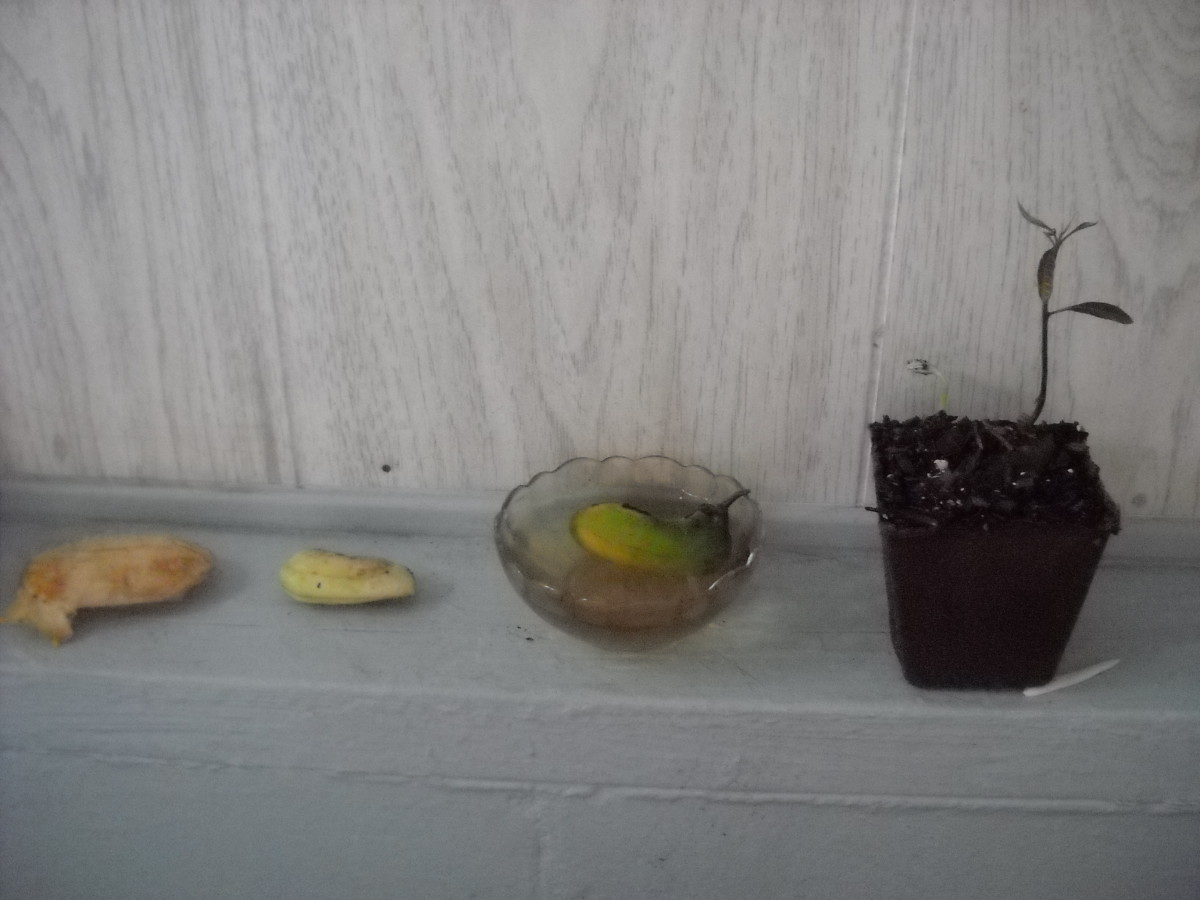Introduction: The Allure of Growing Mangoes at Home
Growing mangoes at home is a rewarding endeavor that allows you to enjoy the delicious fruit right from your own backyard. While mango trees are typically associated with tropical climates, with proper care and attention, you can successfully cultivate these exotic fruits in a variety of environments. From selecting the right mango variety to nurturing the tree through each stage of growth, this comprehensive guide will provide you with the knowledge and insights you need to embark on your journey from seed to fruit.
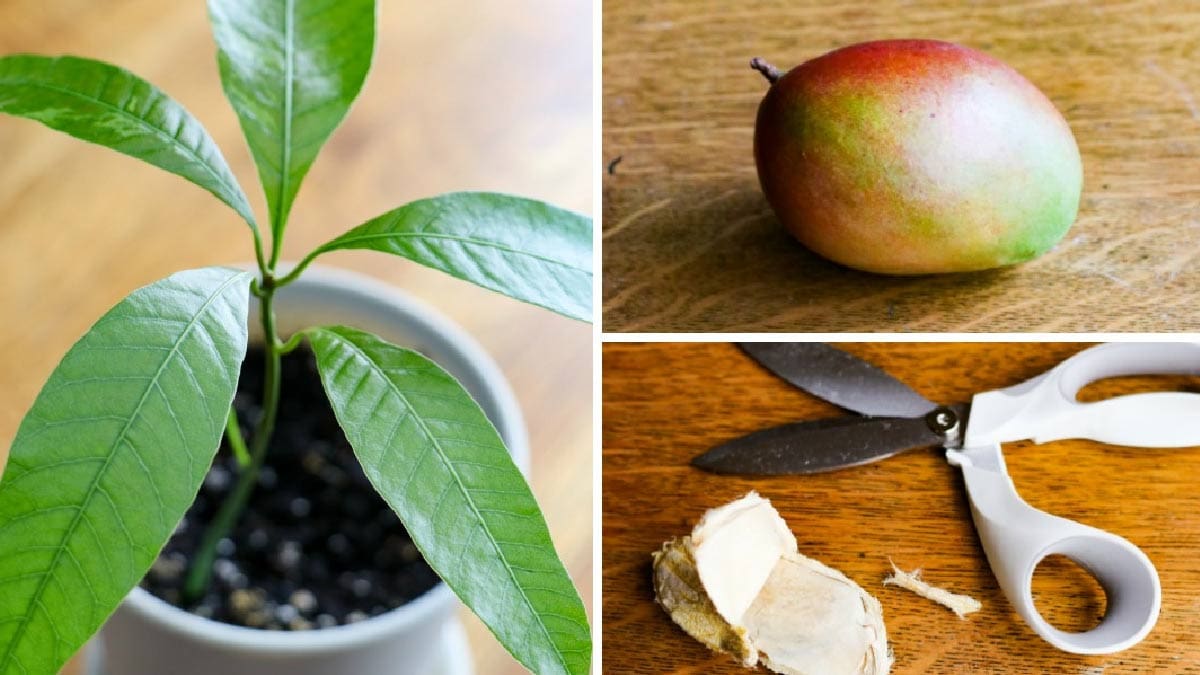
Selecting the Perfect Mango Variety: Understanding Your Options
Before you can begin growing mangoes at home, it’s essential to choose the right variety for your climate and preferences. Mangoes come in a wide range of cultivars, each with its own unique characteristics in terms of flavor, size, color, and growth habits. Consider factors such as your local climate, available space, and desired fruit qualities when selecting a mango variety. Common options include ‘Haden,’ ‘Tommy Atkins,’ ‘Keitt,’ and ‘Kent,’ each offering distinct flavors and textures that appeal to different palates. Research local nurseries or online suppliers to find reputable sources for purchasing mango trees or seeds that are well-suited to your specific growing conditions.
Starting from Seed: Germinating Mango Seeds
One of the most cost-effective ways to grow mangoes at home is by starting from seed. Begin by selecting a ripe mango fruit from which to extract the seed. Carefully remove the seed from the flesh of the mango and thoroughly clean off any remaining pulp or fibers. To improve germination rates, you can soak the seed in water overnight or scarify the outer shell with a knife. Plant the mango seed in a well-draining potting mix, burying it about an inch below the surface. Keep the soil consistently moist and place the pot in a warm, sunny location to encourage germination. With patience and care, the mango seed will sprout and begin its journey toward becoming a fruit-bearing tree.

Nurturing Young Seedlings: Providing Optimal Growing Conditions
Once the mango seed has germinated and sprouted, it’s essential to provide the young seedling with the proper care and growing conditions to ensure healthy growth and development. Mango trees thrive in warm, tropical climates with plenty of sunlight, so choose a sunny spot in your home or garden for optimal growth. Ensure that the soil is well-draining and water the seedling regularly, keeping the soil consistently moist but not waterlogged. Consider supplementing with a balanced fertilizer to provide essential nutrients for robust growth. As the seedling matures, transplant it into a larger container or into the ground, ensuring adequate space for the roots to spread and establish a strong foundation for future growth.
Understanding Mango Tree Care: Pruning and Maintenance
Like any fruit-bearing tree, mango trees require regular pruning and maintenance to promote healthy growth, maximize fruit production, and prevent disease. Pruning should be done during the tree’s dormant season, typically in late winter or early spring, to remove dead or diseased branches, improve air circulation, and shape the tree for optimal fruit production. Use clean, sharp pruning shears to make clean cuts and avoid damaging the tree. Additionally, monitor the tree for signs of pests or disease, such as leaf discoloration, wilting, or unusual growth patterns, and take appropriate measures to address any issues promptly. By staying vigilant and proactive in your mango tree care routine, you can ensure a bountiful harvest of delicious fruits year after year.
Encouraging Flowering and Fruit Production: Tips for Success
Mango trees typically take several years to reach maturity and begin bearing fruit, but there are steps you can take to encourage flowering and fruit production earlier in the tree’s life cycle. Providing optimal growing conditions, including plenty of sunlight, well-draining soil, and regular watering and fertilization, is essential for promoting healthy growth and flowering. Additionally, consider hand-pollinating the flowers to ensure successful fruit set, especially if growing mangoes indoors or in areas with limited pollinator activity. Be patient and consistent in your care routine, and soon you’ll be rewarded with clusters of fragrant flowers that herald the arrival of delicious mango fruits.
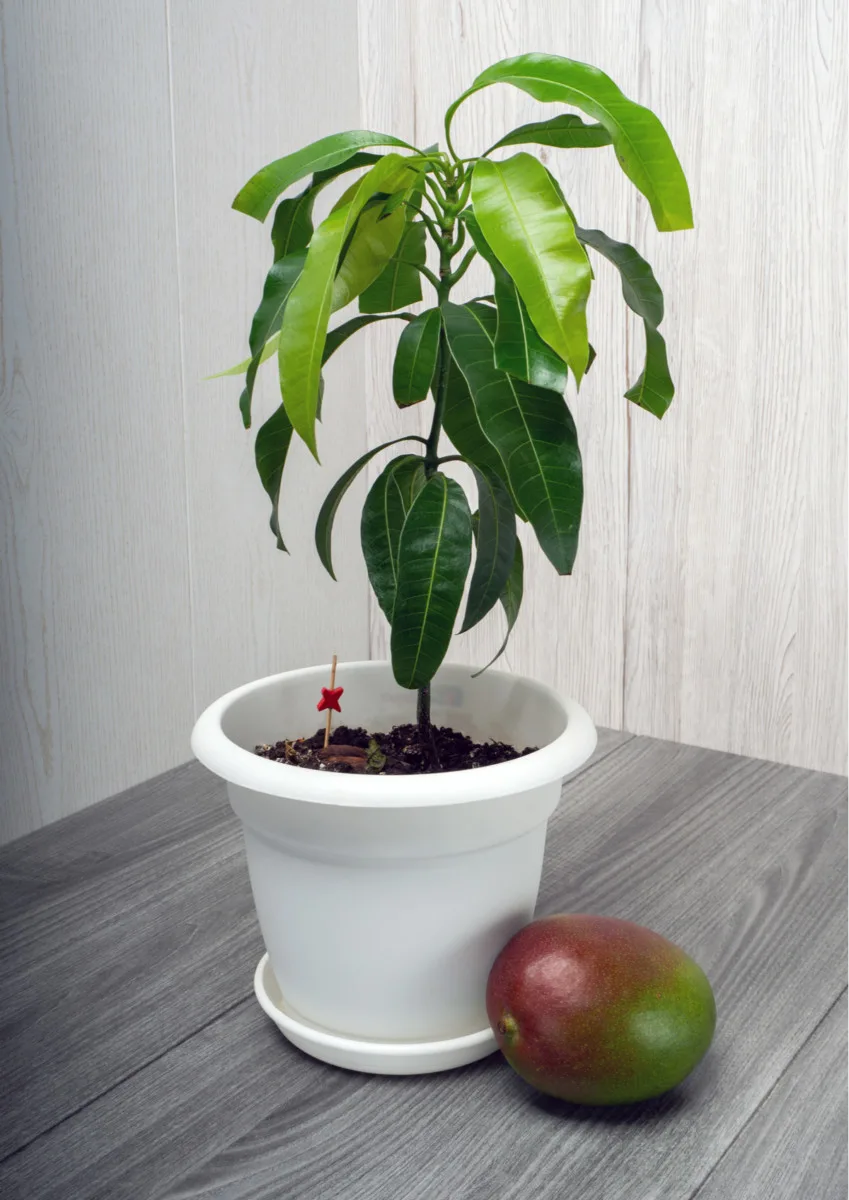
Harvesting and Enjoying the Fruits of Your Labor
After months of nurturing and care, the moment of truth arrives when your mango tree finally produces ripe, luscious fruits ready for harvest. Mangoes typically ripen on the tree and are best harvested when fully mature but still firm to the touch. Depending on the variety, mangoes may change color as they ripen, transitioning from green to yellow, orange, or red. Use a gentle twisting motion to detach the fruit from the tree, being careful not to damage the delicate skin or stem. Once harvested, allow the mangoes to ripen further at room temperature, then enjoy them fresh or incorporate them into your favorite recipes, from smoothies and salads to desserts and chutneys.
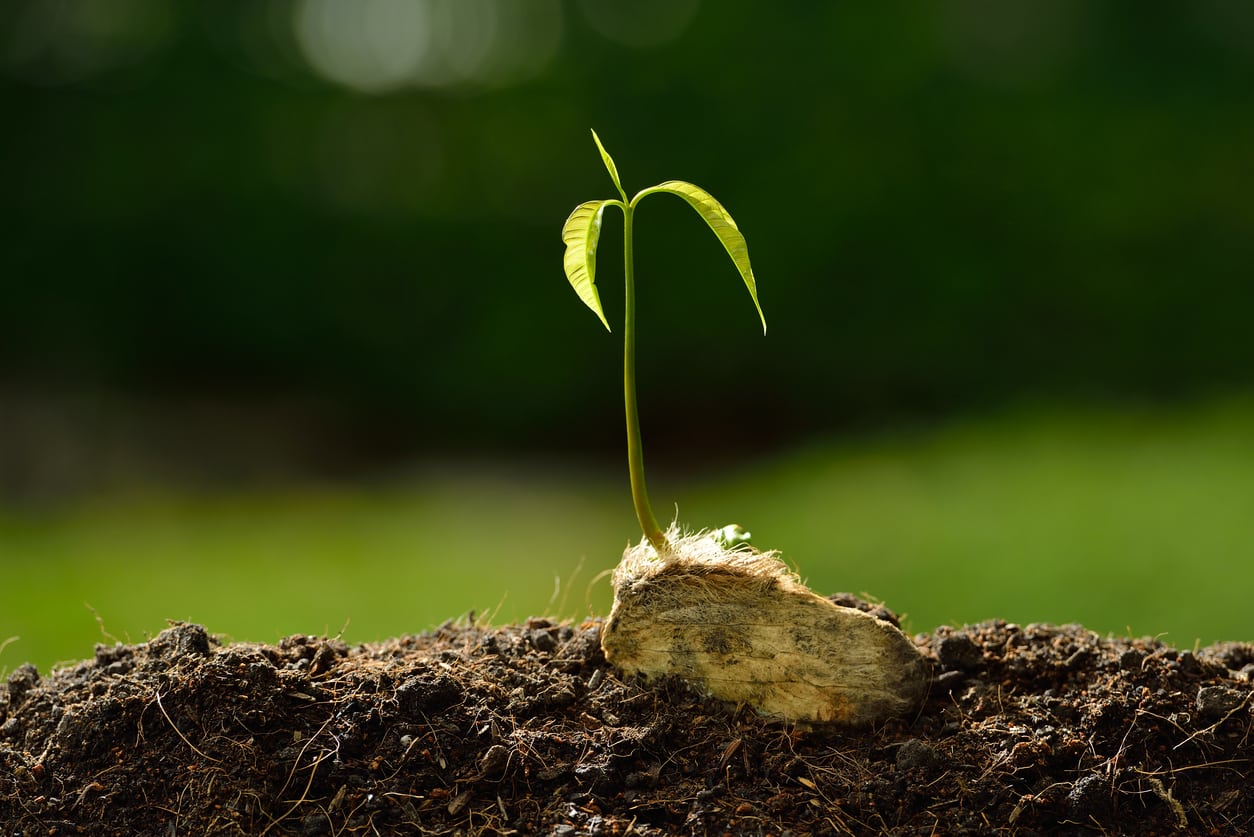
Continuing Care and Maintenance: Ensuring Long-Term Success
Even after harvesting your first crop of mangoes, the work of caring for your tree is far from over. Continued maintenance and care are essential for ensuring the long-term health and productivity of your mango tree. Prune the tree annually to remove dead or diseased branches, promote new growth, and maintain a manageable size. Monitor the tree for signs of pests or disease and take prompt action to address any issues before they escalate. Additionally, continue to provide regular watering, fertilization, and sunlight to support ongoing growth and fruit production. With proper care and attention, your mango tree will continue to thrive and delight you with its delicious fruits for years to come.
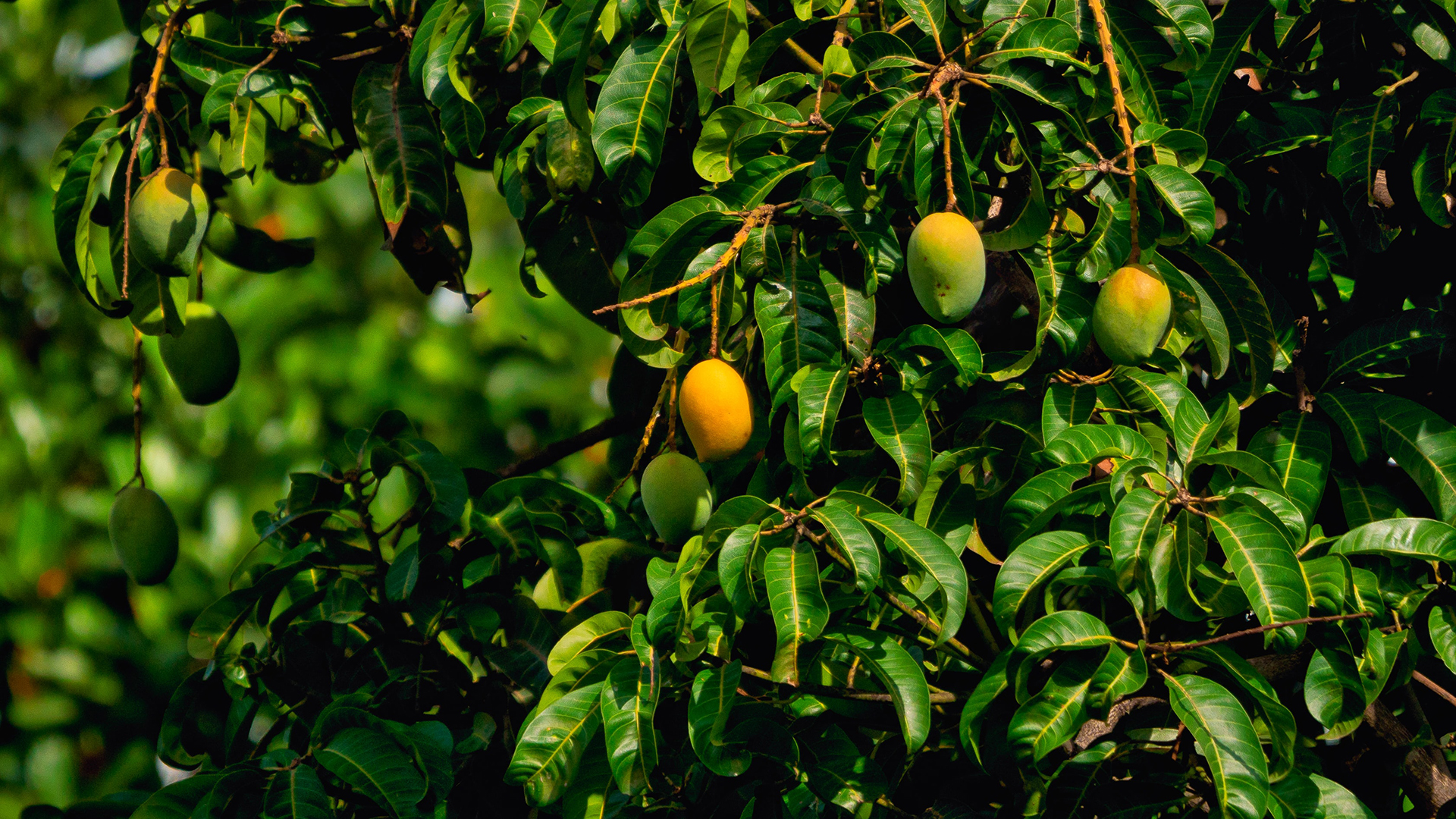
Conclusion: Cultivating Mangoes: A Labor of Love
Growing mangoes at home is a labor of love that rewards patience, dedication, and care with bountiful harvests of delicious fruits. From selecting the perfect mango variety to nurturing young seedlings, encouraging flowering and fruit production, and ultimately harvesting and enjoying the fruits of your labor, each step of the journey is filled with excitement and anticipation. By following the tips and guidelines outlined in this comprehensive guide, you can successfully cultivate mangoes at home and experience the joy of growing your own fruit right in your backyard. Embrace the challenges and triumphs of mango cultivation, and savor the sweet taste of success as you indulge in nature’s bounty.
